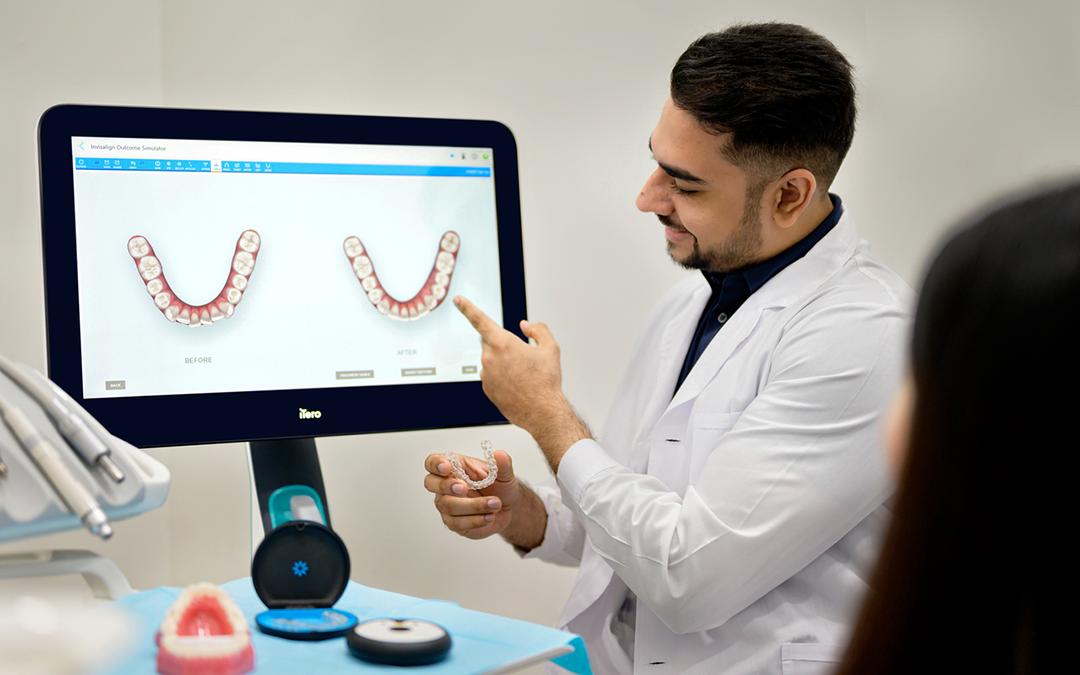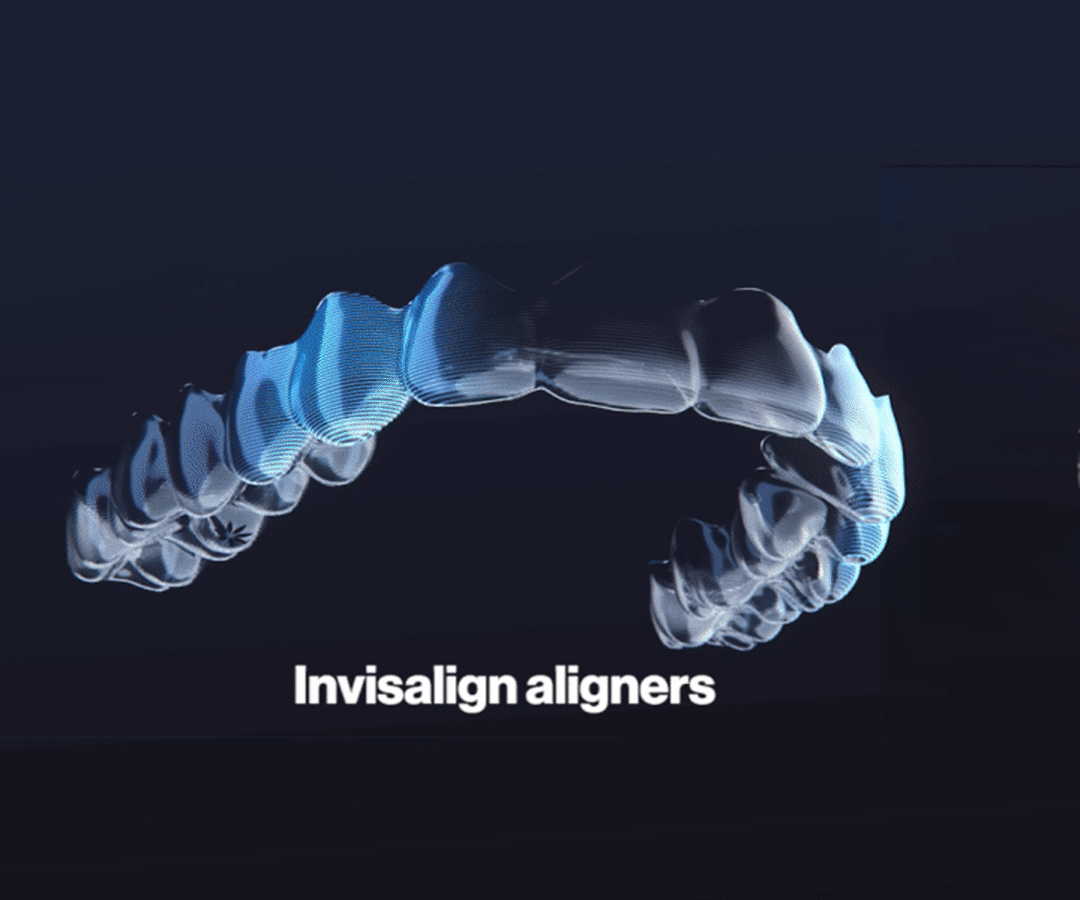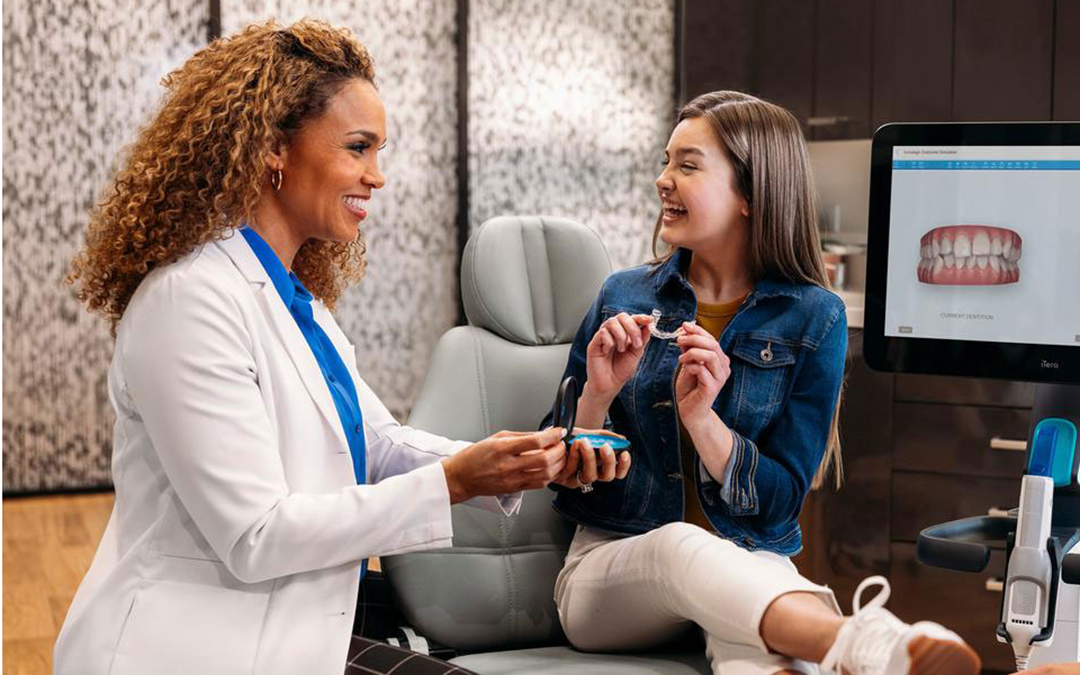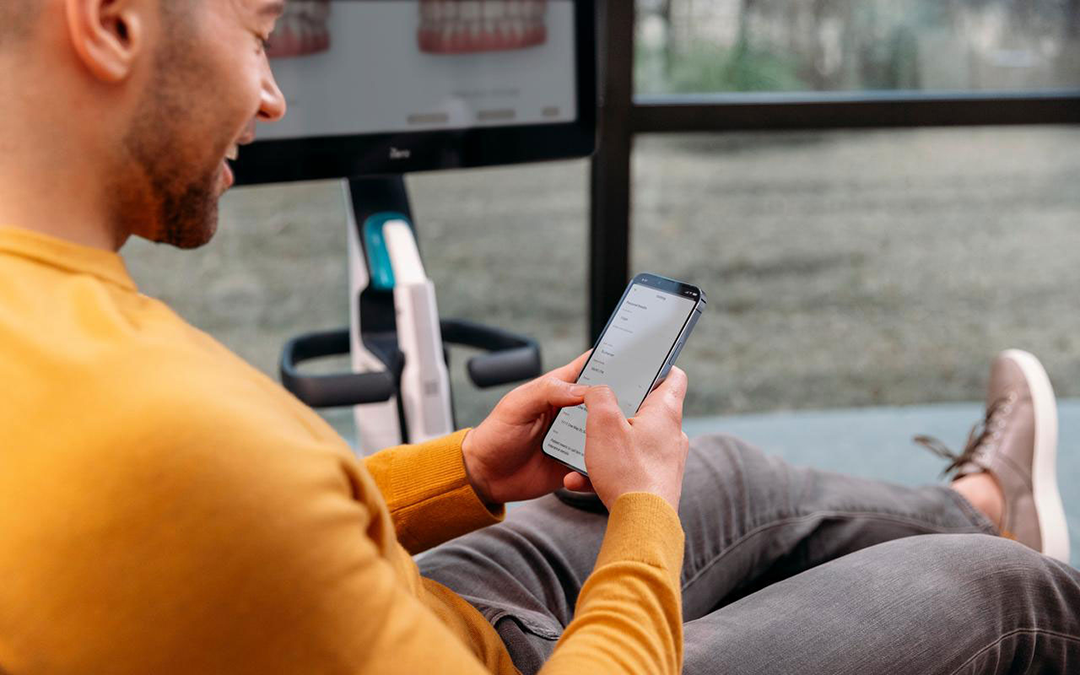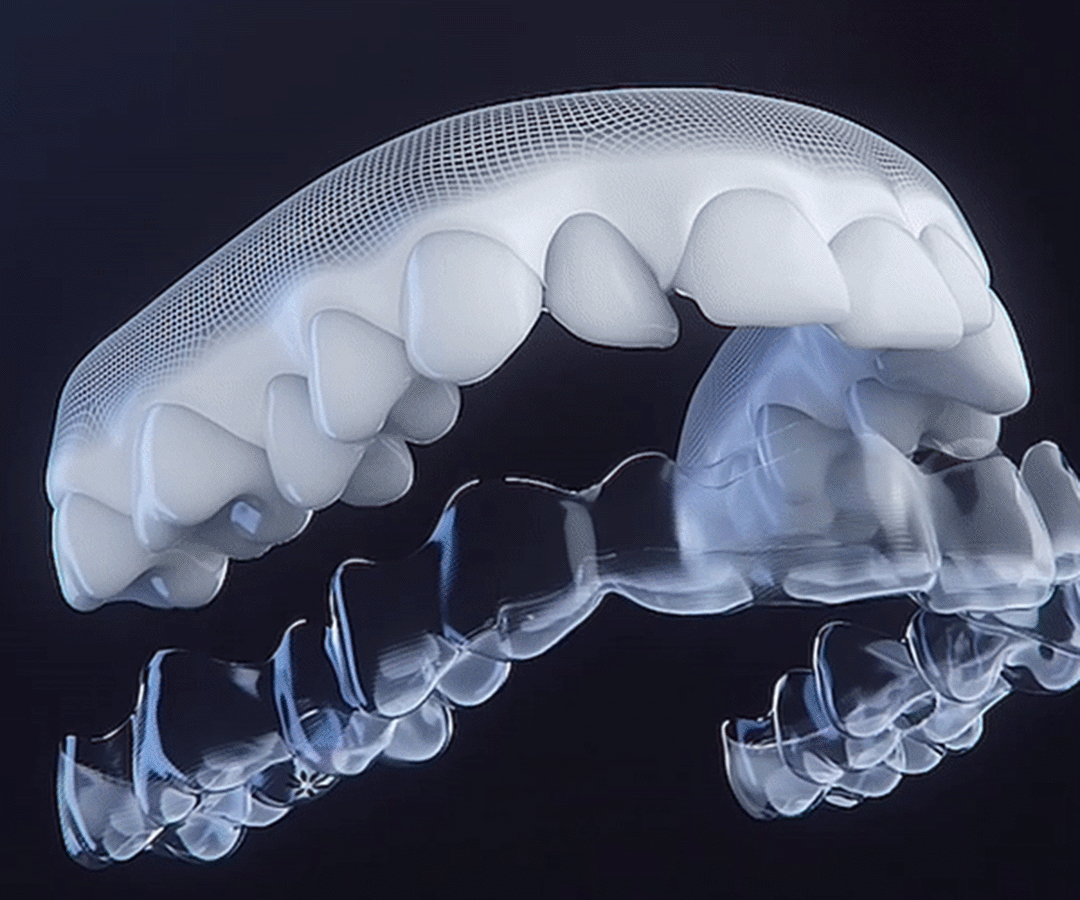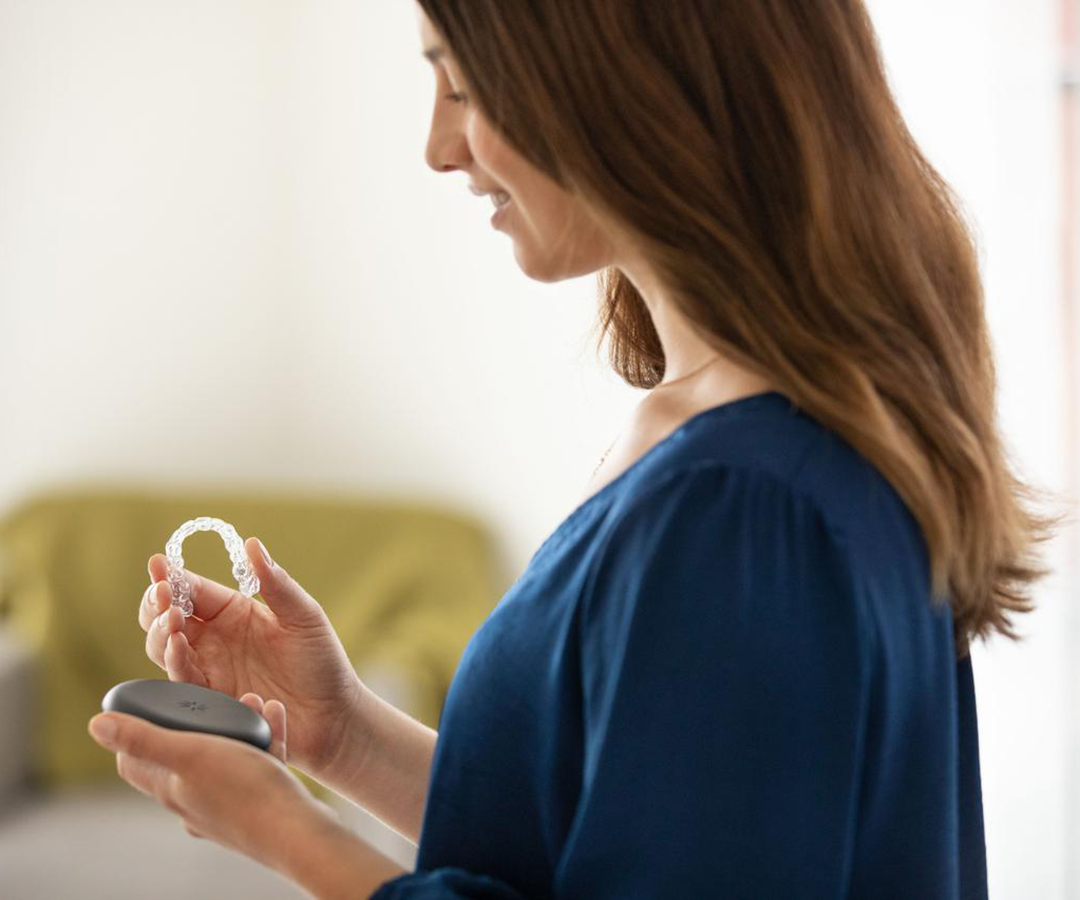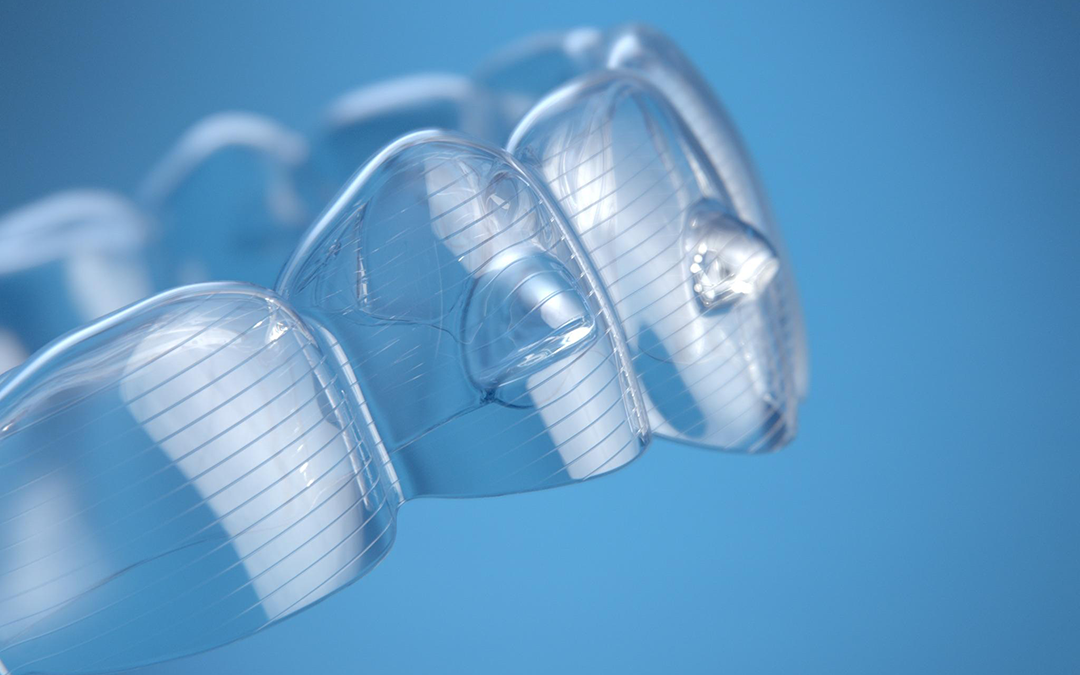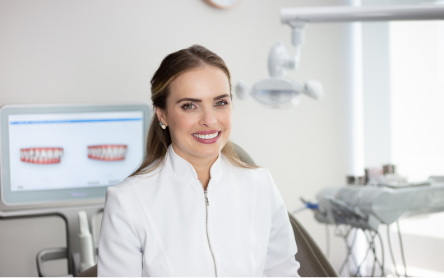The Invisalign system has been the pioneer in the clear aligner category, founded over 25 years ago, it is the #1 doctor-recommended clear aligner brand globally.1
With advancements in digital dentistry, teeth can now be straightened without the need for metal brackets and wires.
Low-cost clear aligner brands introduced in recent years promise a cheaper alternative to Invisalign treatment by leaving the management of treatment in the hands of the users themselves. The direct-to-consumer model means that other clear aligner brands ask users to create impressions of their own teeth at home, or they get scanned with an intra-oral scanner in a scan shop. Without regular check ins, in person with a trained doctor, users could be at risk due to poor fit and discomfort arising from that. Its side effects might include unwanted tooth movement which can potentially worsen your bite, damage your gums, or cause exposed roots that can lead to tooth loss.2
That promise of a lower cost combined with the convenience of limited in-clinic follow-ups will undoubtedly appeal to some budget-conscious customers — but why are these discount options so cheap?
Let's look at cheaper teeth-straightening options, how they manage to get their costs down, and how that compares to Invisalign treatment.
Teeth-straightening technology
